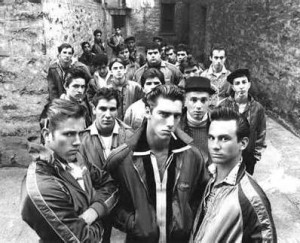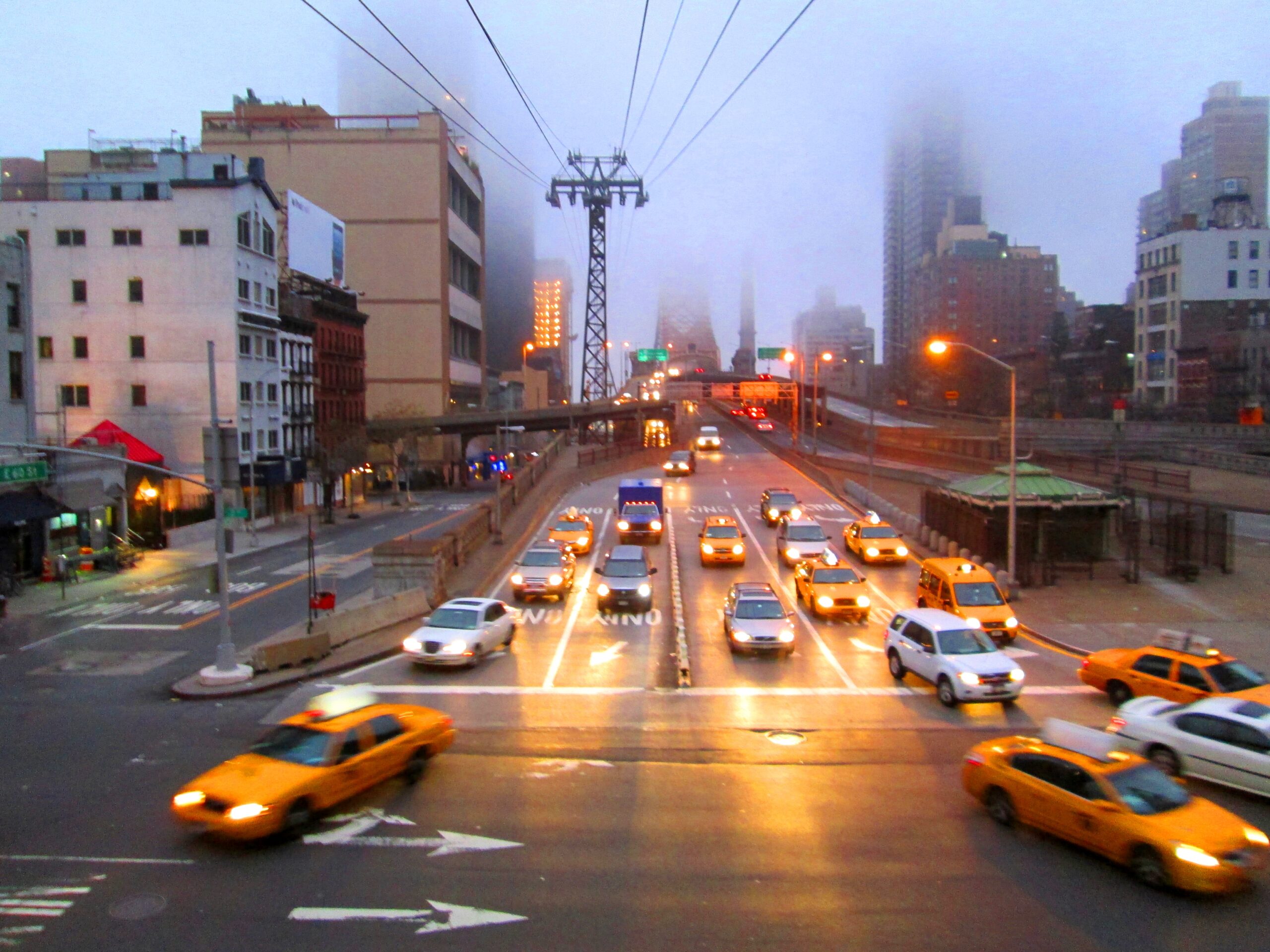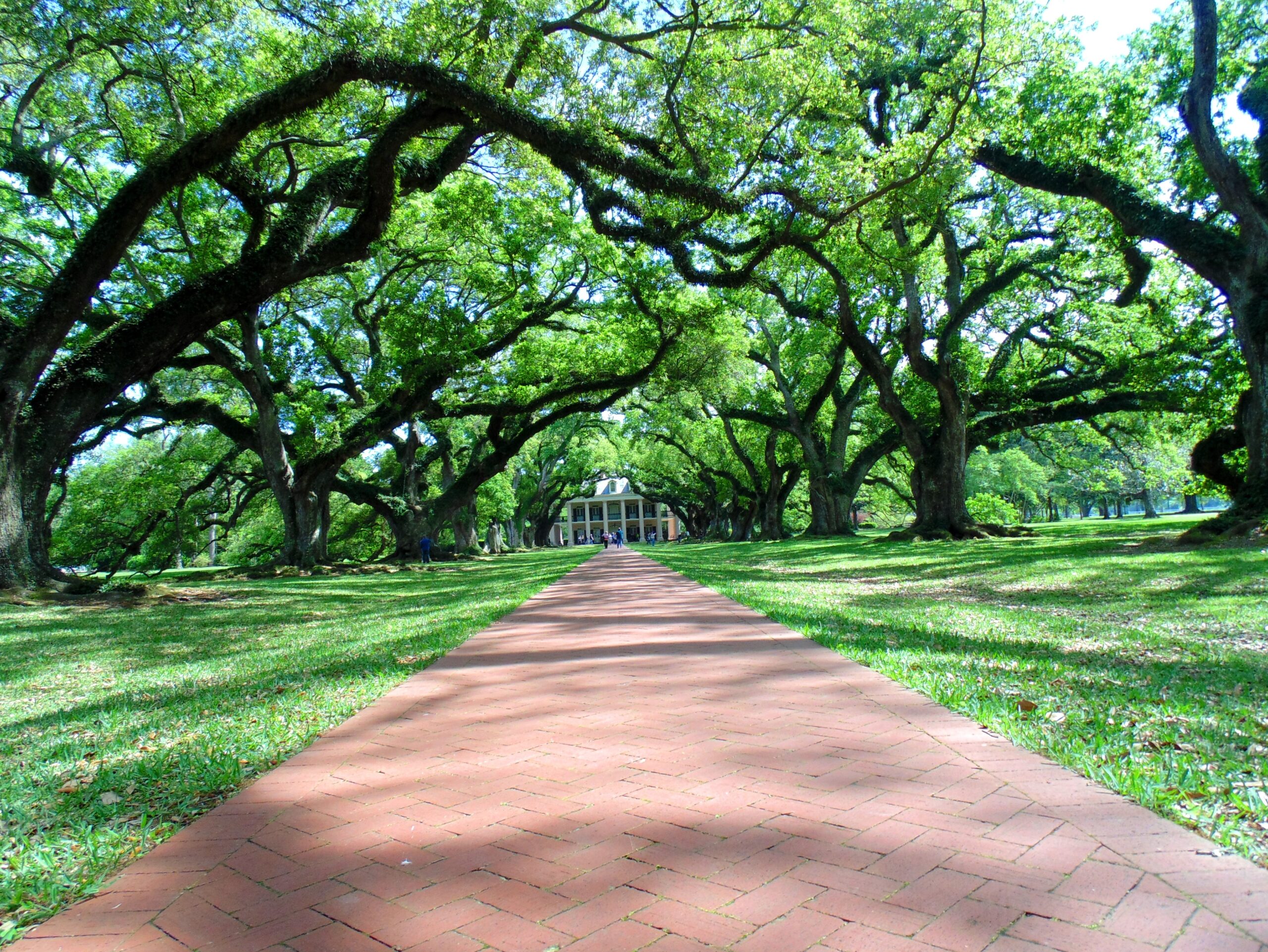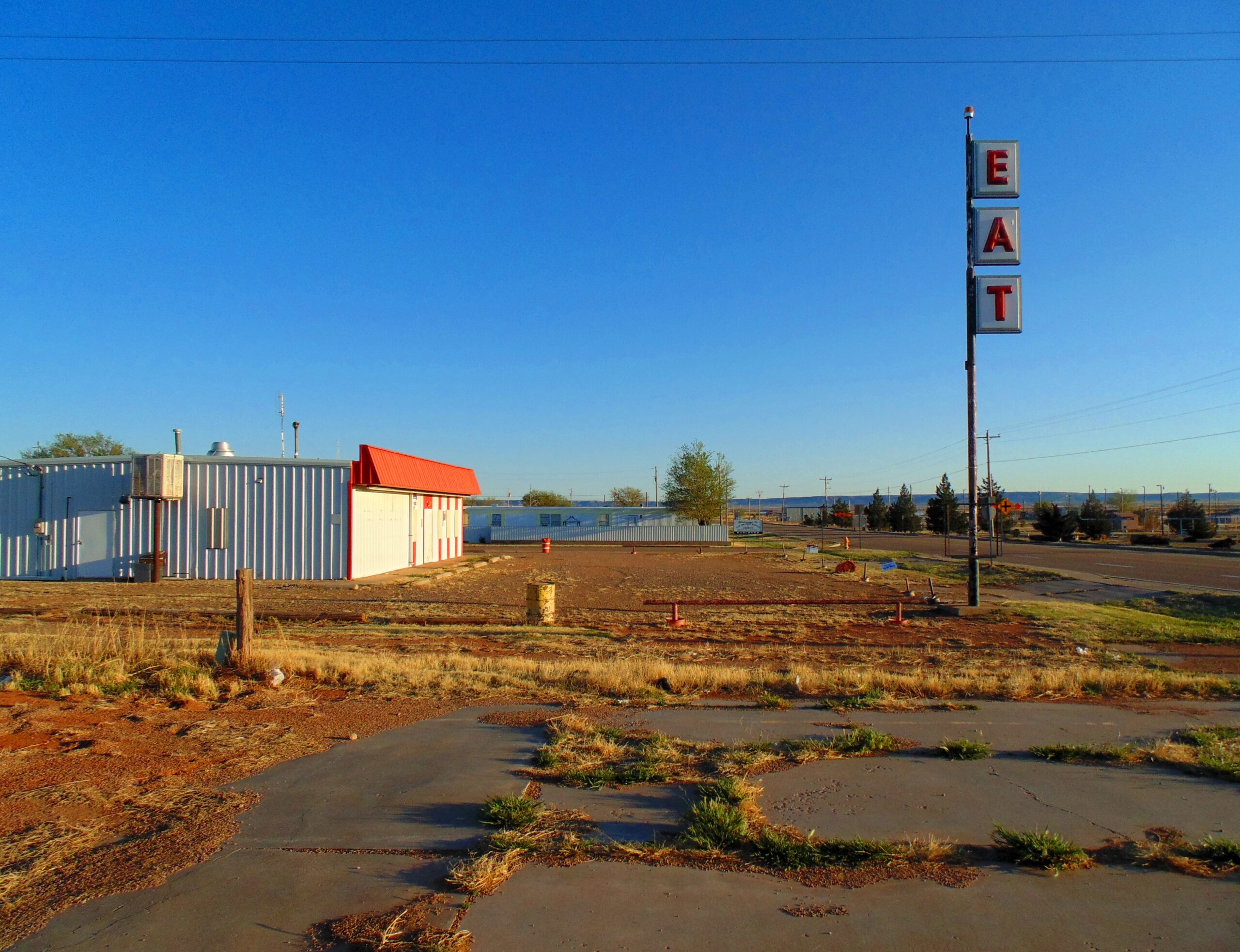 There were three carloads of them, disembarking on North Clearfield. All of them were drunk, some of them were high, and one or two were carrying weapons in the form of small appliances. Gerry Vessels took the lead, leather duster swinging open. He made a left turn onto Frankford, came to a halt outside of Chuckle’s.
There were three carloads of them, disembarking on North Clearfield. All of them were drunk, some of them were high, and one or two were carrying weapons in the form of small appliances. Gerry Vessels took the lead, leather duster swinging open. He made a left turn onto Frankford, came to a halt outside of Chuckle’s.
“You know you ain’t allowed,” the owner shouted. He was seated on a barstool just beyond the rust-brown entrance. The owner leaned forward, took a headcount of the sidewalk. He pushed his stool into the shadows, slammed the door without a warning. Gerry Vessels kicked the door wide, blitzkrieged his way onto the pool room. A battle cry rang out and patrons bottlenecked the entrance. Someone took a swing at Gerry, tagged him square across the jaw.
There was a rumble out on Frankford – flesh pounding, cotton tearing. A friend of Gerry’s was unloading on some asshole near the ground. That friend – a six-foot Kenzo named Chris Shanahan – had just tucked in both arms when someone stabbed him from behind. The blade entered near his kidney, splitting up and through a pair of ribs. It plunged in deeper near the tricep, cutting clear across the bone.
There was a scream and then a whistle, followed by the sound of bootheels clapping. Gerry Vessels fought his way clear, hurried east toward the corner. There was a car there waiting for him. He grabbed the handle, hopped inside. Continue reading




 I am not a fan of guided tours, nor the guided tourists who tour them. Too many questions, too much historical bedwetting, too many guests determined to lead the tour themselves. Along those lines, visitors to Oak Alley Plantation in Vacherie, Louisiana can be seen posing for selfies in the slave quarters, dribbling ice cream down their T-shirts, paying $20-a-head to greet employees dressed in period garb, beset on all four sides by the massive weight that pulled these oak trees down.
I am not a fan of guided tours, nor the guided tourists who tour them. Too many questions, too much historical bedwetting, too many guests determined to lead the tour themselves. Along those lines, visitors to Oak Alley Plantation in Vacherie, Louisiana can be seen posing for selfies in the slave quarters, dribbling ice cream down their T-shirts, paying $20-a-head to greet employees dressed in period garb, beset on all four sides by the massive weight that pulled these oak trees down. Heading east from Santa Monica, none of the locals has any idea how one might find Route 66. “The real Route 66?” a gas station attendant replies, defiantly. “Oh, man, I’ve no idea.” I am standing in a service plaza that is actually named Route 66, approximately half-a-day’s drive east of a zero-mile marke
Heading east from Santa Monica, none of the locals has any idea how one might find Route 66. “The real Route 66?” a gas station attendant replies, defiantly. “Oh, man, I’ve no idea.” I am standing in a service plaza that is actually named Route 66, approximately half-a-day’s drive east of a zero-mile marke